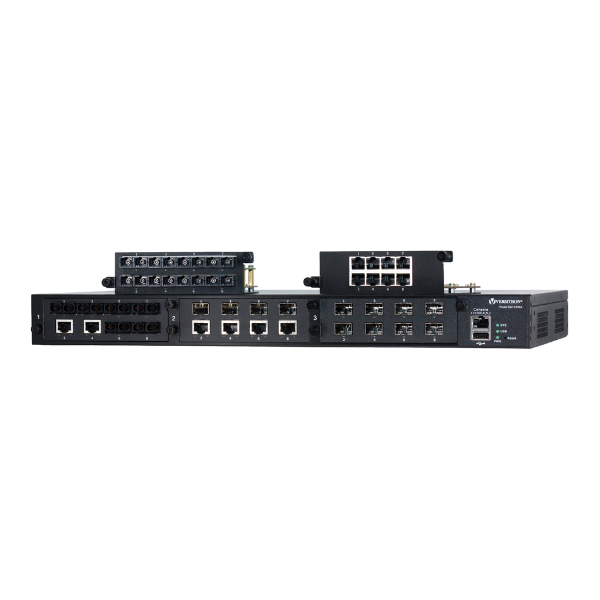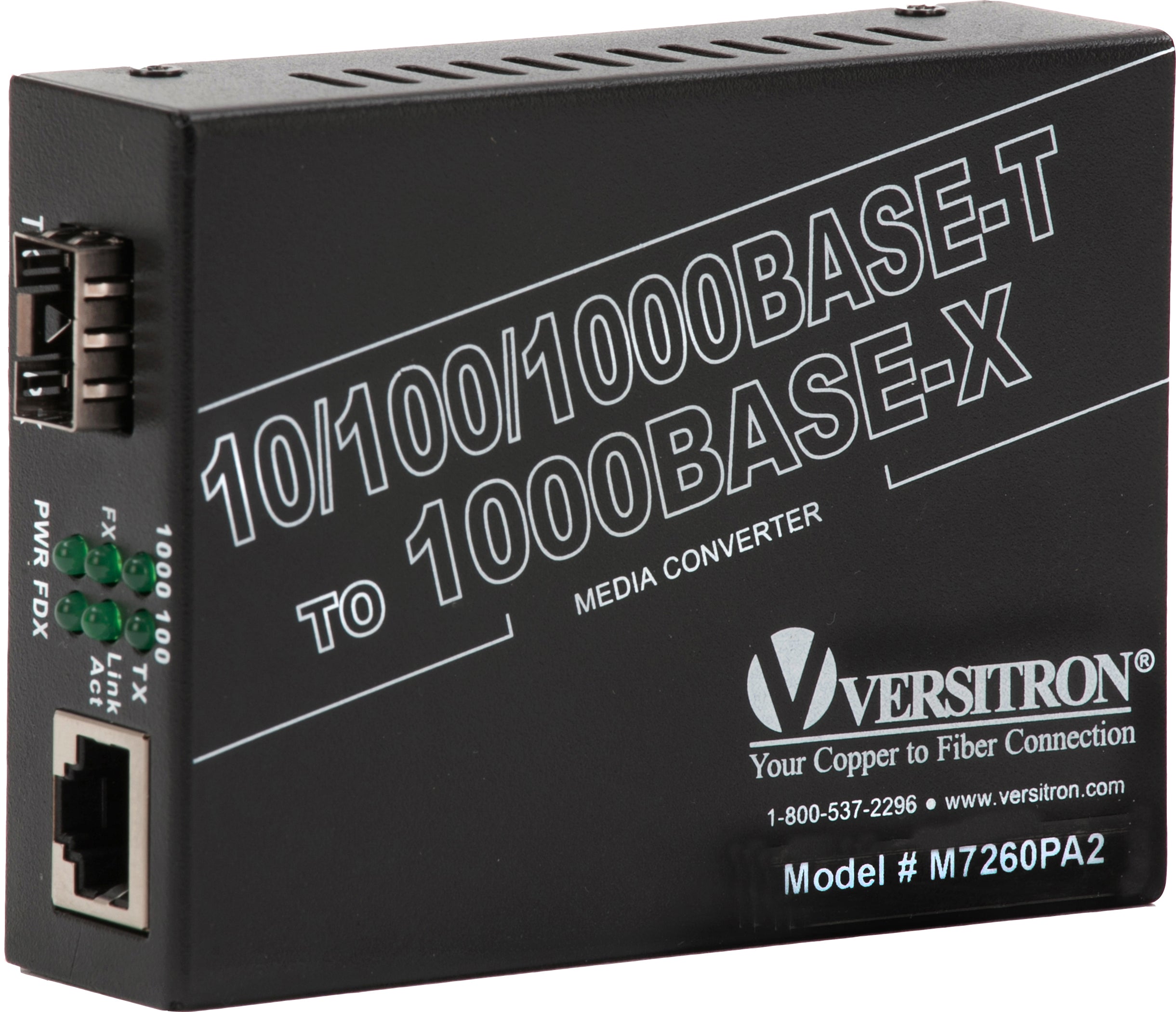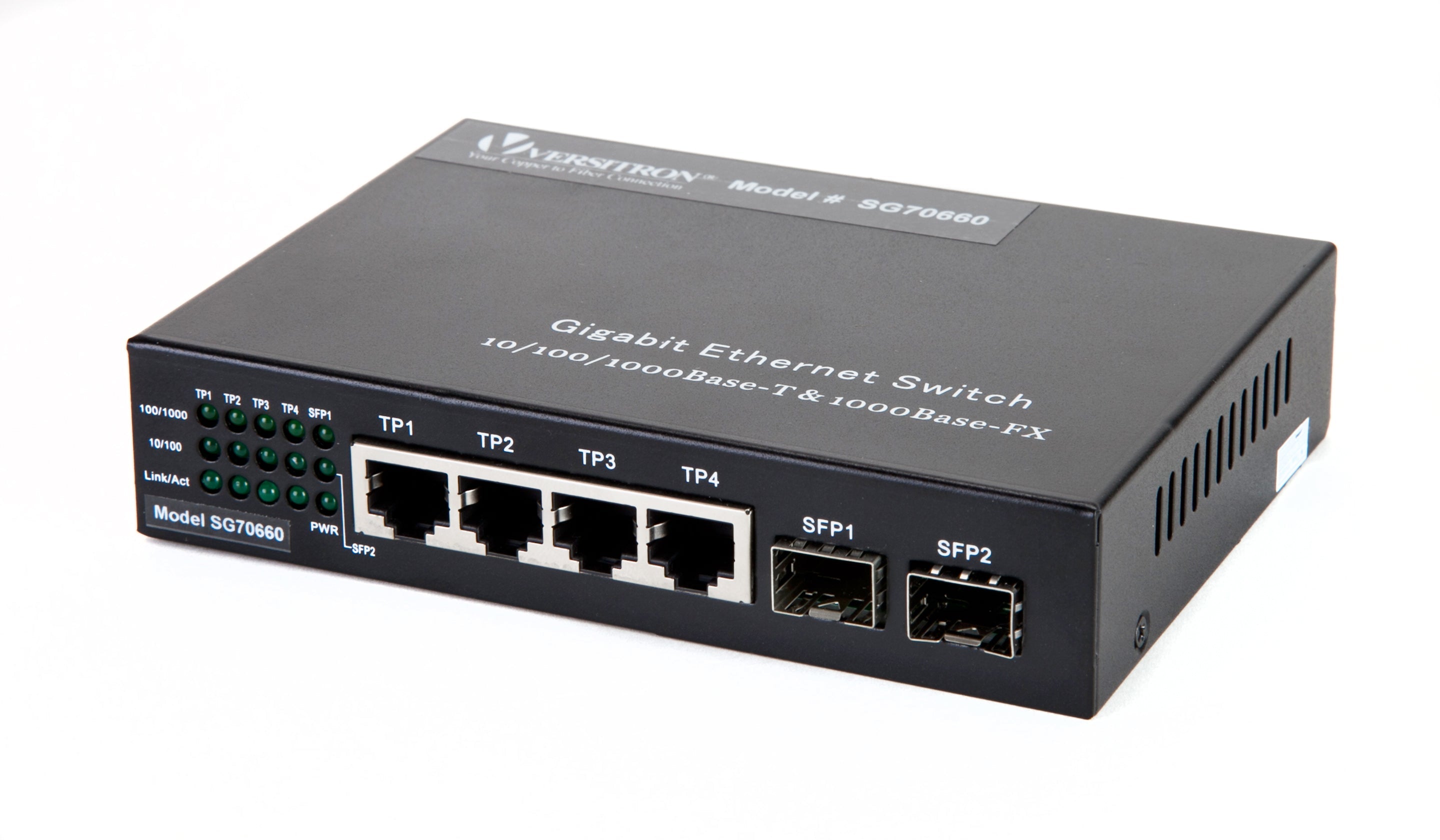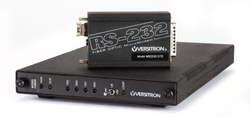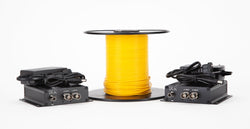Fiber Optic Fire Alarm System
Safety is an integral aspect of our homes, offices, and industrial facilities. Today, various types of security surveillance equipment are used in these areas to ensure the safety of people and property. Fire alarm systems are one of the most popular security surveillance equipment used to inform people of fire outbreaks, smoke, carbon monoxide leakage, and other emergencies in a building. A fire alarm system comprises various devices, which coordinate with fire alarm panels to produce audible and visual alerts when fire or any toxic gas is produced. These fire alarm signals are sent to the fire prevention center to notify the situation.
To reduce the increasing occurrences of fire outbreaks and accidents, state authorities now require most buildings to install fire alarm systems and security surveillance systems in key areas across each floor. These systems help trigger warning signals and expedite evacuation processes.
In many locations, Ethernet-based fire alarm monitoring systems are commonly used. However, these systems rely on copper cables, making them vulnerable to damage from lightning strikes and other environmental factors due to earth-ground differentials.
A more reliable alternative is fiber optic fire alarm systems, which eliminate these vulnerabilities. Additionally, existing copper-based alarm systems can be upgraded to fiber optic fire alarm systems. VERSITRON makes this transformation seamless with its serial-to-fiber media converters, enabling the integration of fiber and copper network cables while extending the distance of the serial network.
Significance of Serial-to-Fiber Media Converters for Fire Alarm Systems
The serial to fiber media converters enable seamless integration of fiber and copper network cables to extend the distances of the serial network.
Different panels in a building are connected using fiber optics and they transmit fire alarm code information using serial protocols. The fiber optic products also help avoid limitations imposed by legacy copper cable systems and protect them from EMI. We provide serial to fiber converters, which are alternatively referred to as serial data modems or fiber optic modems. These devices perform full-duplex signal conversion from electrical to optical signals and vice-versa. The following properties of these fiber optic fire alarm systems make them a popular choice among our customers.
- These serial to fiber network connectors help extend fire alarm panels over fiber optic cables to protect the people and property from fire and electrical surges.
- They help minimize data loss and reliably transmit fire alarm codes to a nearby fire prevention control center.
- They are designed to be operated across a wide temperature range from -40° C to 70° C.
- These serial to fiber network connectors are compatible with industrial standards such as EAI/TIA RS232/ RS422/ RS485, EAI-TIA-574, and CCITT V.28.
- They possess a port-to-port latency of 520 nanoseconds to 960 nanoseconds.
We offer serial media converters for two types of serial signals, including RS232 over fiber and RS530 over fiber.
Understanding The Role of Fiber Media Converters in Fire Alarm Systems
Fire alarm systems are critical components of building safety, providing early detection and warning capabilities in the event of a fire emergency. To ensure reliable and efficient communication within fire alarm systems, fiber media converters play a crucial role. Let's uncover the workings of fiber media converters in fiber optic fire alarm systems and explore the benefits they offer in terms of signal transmission, reliability, and system integration.
- Reliable Signal Transmission: The ability of Fiber Optics to transmit data using pulses of light, offers several advantages over traditional copper cabling in fire alarm systems. These cables are immune to electromagnetic interference, which is particularly beneficial in environments with high electrical noise, such as industrial settings.This immunity ensures that critical fire alarm signals are transmitted without distortion or disruption, allowing for reliable detection and immediate response.
- Role of Fiber Media Converters: Fiber media converters bridge the gap between fiber optic cables and traditional ethernet based fire alarm systems. They provide the seamless integration of fiber optics into existing fire alarm systems by converting the signals between different transmission media. The transformation of the optical signals from fiber optic cables into electrical signals done by Fiber media converters. Which can be understood by the fire alarm control panel (FACP) and other devices in the system.
- Mode Conversion: Fiber media converters are specifically useful when there is a need to convert between different types of fiber optic cables, such as multi-mode and single-mode fibers. Different types of fiber optic cables can be used as per requirement and depending on the distance. Fiber media converters ensure compatibility and smooth signal transmission by converting the optical modes to match the specific requirements of the system.
- Extending Signal Reach: Fiber optic cables, with their inherent ability to transmit signals over longer distances without signal degradation, are ideal for large areas such as multi-story buildings or sprawling industrial complexes. Fiber media converters enable the extension of signal reach by converting electrical signals from copper wiring to optical signals that can be transmitted over fiber optic cables. This allows fire alarm systems to cover vast areas without sacrificing signal quality or reliability.
- Enhanced System Reliability: Fiber media converters contribute to the overall reliability of fire alarm systems by eliminating potential points of failure. Unlike copper cabling, fiber optics are not affected by electrical noise or ground loops. Fire alarm systems must operate seamlessly in critical situations. With the help of fiber media converters into fire alarm systems, the risk of signal loss, distortion, or interruption due to environmental factors or electrical interference is significantly reduced.
- Scalability and Future-Proofing: Fiber media converters offer scalability and future-proofing capabilities for fire alarm systems. Due to technology advances, the bandwidth requirements of fire alarm systems may increase. This requirement gets fulfill by fiber optics. With the help of fiber media converters, fire alarm systems can easily adapt and upgrade to higher transmission speeds without the need for significant infrastructure changes or rewiring.
Pertaining to these features, our serial to fiber network connectors have been successfully deployed in factories, warehouses, and multi-building projects such as educational institutions, assisted living complexes, and apartment buildings. They are also suited for protecting standalone buildings. In addition to fire alarm systems, these devices are used to control data during traffic monitoring, control data on assembly and manufacturing platforms, data control for airports, and underwater communication for submerged equipment. Contact us today to discuss your requirements regarding serial to fiber network devices for fire alarm monitoring systems. Our experts would be happy to help you with your queries on the devices and their uses.
Recommended Products
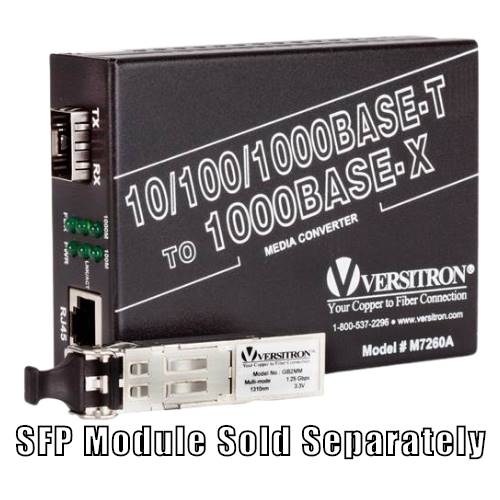
10/100/1000Base-T to 1000Base-SX/LX "Triple Duty" Gigabit Media Converter with SFP GBIC Technology
M7260A
View Details
PoE+ Gigabit Industrial Media Converter | 1-RJ45 Ethernet Port, 1-SFP Fiber Port
MF7260P
View DetailsSpecial offer
Testimonials
"I couldn't be happier with the equipment or the service you gave me during our 'rush' to deploy."
"It's working perfectly and has since the day we first connected the fiber."
"I'm pleased both with the product and probably more so with the people behind the product!"


